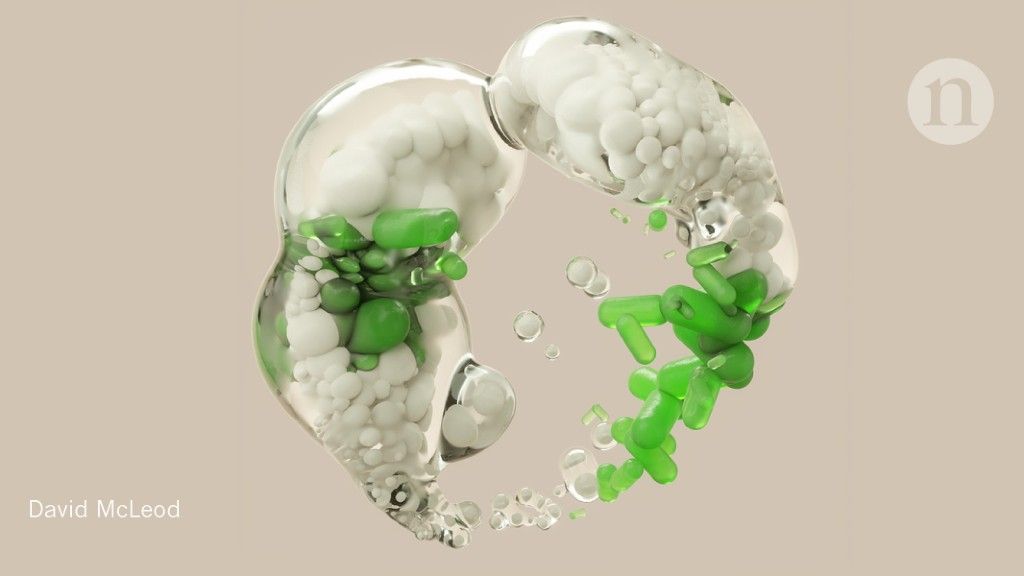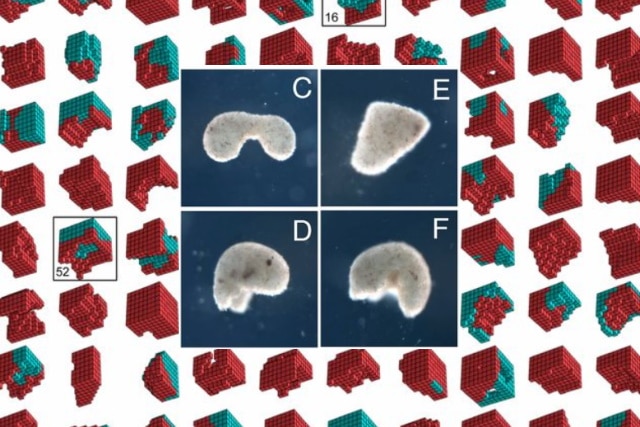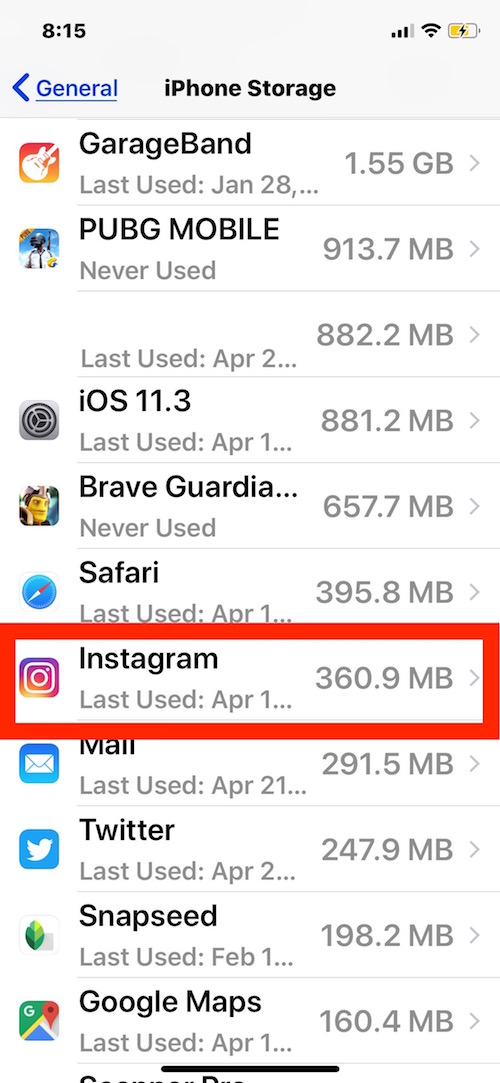Creating Living Cells From Scratch
Jul 28, 2017 Various scientists around the world are trying to build cells from scratch. Marileen Dogterom has been piecing together a cytoskeleton in the Netherlands. Kate Adamala is attaching receptors to a lipid bilayer in Minnesota. And Tetsuya Yomo built RNA that can evolve like the real thing in Japan. Apr 19, 2018 More interesting is life built from scratch. The simplest possible form of life is much simpler than the synthesized cells and they are probably how life arose. A self-reproducing or auto-replicating RNA molecule in a membranous cell is such a life form. Such a combination will most likely be constructed and demonstrated in the near future.
Mar 24, 2016 Scientists Have Created Synthetic Life From Scratch. The previous one was not really creating a life from scratch. Because you can design bacterial cells which are maximally efficient for. May 31, 2018 We already have the power to edit genes of living things, so creating new genes is the next big breakthrough. With the hopes to eliminate damaging healthy cells, DNA nanorobots provide a safer alternative to current cancer treatments. May 23, 2019 Developing cells from scratch ought to let us understand a whole lot more about what actually constitutes a living organism, while making it possible to generate simpler (yet no less sophisticated) life-like organisms that can be more predictably.
- Scientists created an active cell from computer-generated DNA
- Team was led by human genome pioneer J. Craig Venter
- Breakthrough could lead to breakthroughs for new energy creation, food sources
(CNN) -- Genetics pioneer J. Craig Venter announced Thursday that he and his team have created artificial life for the first time.
Using sequences of genetic code created on a computer, the team assembled a complete DNA of a bacterium, then inserted it in another bacterium and initiated synthesis, or in Venter's words 'booted up' the cell.
In a statement, Venter called the results 'the proof of principle that genomes can be designed in the computer, chemically made in the laboratory and transplanted into a recipient cell to produce a new self-replicating cell,' controlled only by the synthetic genome.

Venter answered questions Thursday about the achievement.
CNN: What exactly have you done?
J. Craig Venter: We announced the first cell that is totally controlled by a synthetic chromosome, that we designed in a computer based on an existing chromosome.
We built it from four bottles of chemicals. that's over a million base pairs [of chromosomes]. We assembled that and transplanted it into a recipient cell and that new chromosome started being read by the machinery in the cell, producing new proteins, and totally transformed that cell into a new species coded by the synthetic chromosome.
So it's the first living self-replicating cell that we have on the planet whose DNA was made chemically and designed in the computer. Ddj sx virtual dj mac.
So it has no genetic ancestors. Its parent is a computer.
CNN: What's its name?
Venter: 'It is software. It's DNA software.'
CNN: How big a deal is this?
Venter: It's for others to describe. It's a big deal for us. We've been working on it for 15 years. It gives us tools to work with that haven't existed before. And we have some huge challenges.
We need new tools in science. Allowing us, for example, new organisms that more efficiently can capture C02 and convert it into fuel so we can get weaned off of oil.
We can create new food substances. .. We can create new ways to create clean water. We are already going to create new vaccines to treat diseases that emerge each year like the flu, so it's a new tool for scientists to work with.

But it's also a change conceptually. This is the first time we had a life form whose genetic code was made chemically. It tells us about the dynamic nature of life..That it changes second to second.
You take away the DNA, we're dead very quickly. You can't have life without the genetic code.
CNN: What does this mean for the average person?
Venter: This is a basic science breakthrough that now takes us from what was a hypothetical possibility -- that we could have synthetic life in these tools -- to rapidly advance to get some breakthroughs.
This is the first baby step that allows us to do that.
But it's a conceptual change.. because we know it's possible. It should give people hope that we have new tools to tackle these problems.
CNN: Did you create new life?
 And with Live Loops, it makes it easy for anyone to have fun creating music like a DJ.
And with Live Loops, it makes it easy for anyone to have fun creating music like a DJ.
Venter: We created a new cell. It's alive. But we didn't create life from scratch.
We created. as all life on this planet is. out of a living cell.
CNN: Some critics suggest you shouldn't make life from a computer.
Venter: People have been discussing this for the past decade since we've made incremental steps trying to get to this point. This is the fourth scientific publication in a series since 2003, so you can find 100,000 blogs out there discussing philosophically what this means, where does it take us, can we build things based on our imagination. So I think this will stimulate a lot of thinking, a lot of discussion.
CNN: Could you build an actual living organism - Frankenstein like?
Venter: Well these are very small cells. They are living. They are self-replicating. But if you're trying to advance life forms like you and me, I think that's still in the realm of science fiction.
CNN: This is a big deal .. What's next?
Venter: People keep asking me that at various dates. I was asked that 10 years ago after sequencing the human genome - you couldn't possibly top that - so we consider this a more important accomplishment than sequencing the human genome. So, following through on that is what's next for us, and see if we can create some of these cures for the planet
CNN: How excited were you? Did you pop champagne?
Venter: We did, but our initial emotion was more one of relief that it finally worked. You can imagine 99 percent of your experiments fail for one reason or another. This, when it finally worked, we were more relieved than excited.
CNN: What does it mean to you?
Venter: When you work on something for 15 years, it's a great sense of accomplishment. This is a demonstration of what new multidisciplinary team science is about. and I couldn't be prouder of our team.